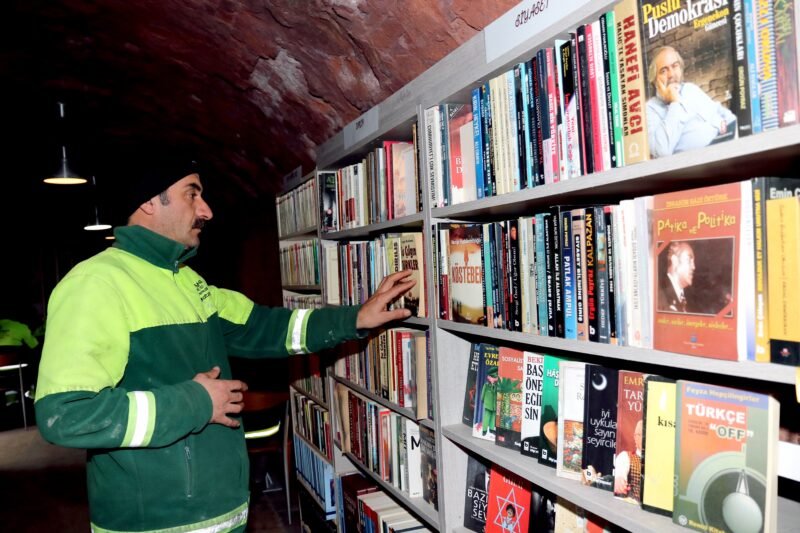Will The Future City Be A Power Plant?
The last years were all about energy saving. Nowadays it seems to be more helpful to generate energy yourself. Everywhere in the world neighborhoods are built with all kinds of energy-creating concepts embedded. Communities collectively generate energy from the sun, wind, and even their own daily activity or their excreta, and deliver it back on the net. The parties involved save money and contribute to a better planet. Although this development is still far from a definitive break-trough, it looks to be an interesting development, re-shaping future urbanism.

Some fresh initiatives were exhibited in the Smart Future Minds exhibition at Smart Urban Stage Amsterdam in April, which we partly curated. An interesting initiative is a project in the neighborhood of Woensel-West in Eindhoven, The Netherlands, initiated by the Colombian artist Francisco Camacho in collaboration with the Van Abbe Museum. Inhabitants receive an energy credit card on which they collect their personal energy credits which they can spend or exchange in the neighborhood. People can collect energy credits by using their especially developed dynamo which they can use while cycling, by using a sun collector on the roof of their house, or doing fitness work-outs in the neighborhood sports center. Besides stimulating people to collect their own energy, the project also contributes to a sense of community. Also Ener.Coop is an interesting initiative when it comes to restructuring our dependence on classic resources. People can become a member of a co-operation for which they pay a little money. Windmills will be collectively bought and maintained from which the participating households will get their energy delivered.
The big energy providing companies increasingly pick up this energy focus. Lead by many prophetic voices predicting that energy is to become one of the important issues for future urbanism, they increasingly search for involvement in current urban development projects. Since the classic financing institutions are leaning down a little due to the global financial and, above all, real estate crisis, other actors are more than welcome to invest in the urban production machine. ‘Cause the show must go on.
Are energy companies the new project developers? Urbanist Wigger Verschoor sees a trend here, as he explained during his lecture on the University of Rotterdam. Energy providing companies like Essent in The Netherlands increasingly join complicated development processes. Not in the first place to make money from the real estate business itself, but because they find new clients in the freshly produced green neighborhoods to sell their green energy. From a marketing perspective they make up a story about isolation, sun power cells and other collective power generating facilities, which makes them look green.
This world is reaching its peak oil stage, an event already predicted by John Thackara. Something big has to happen in the world of energy. Perhaps the solution is in urbanism. Can urbanism help changing the energy market, or will the energy market change urbanism?



